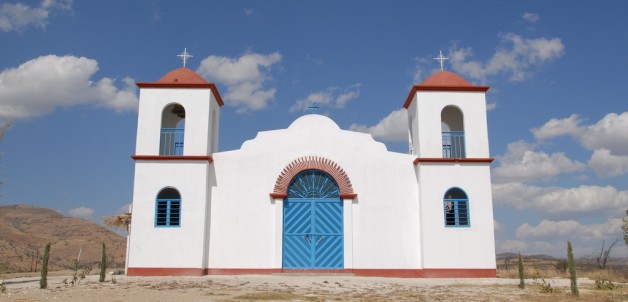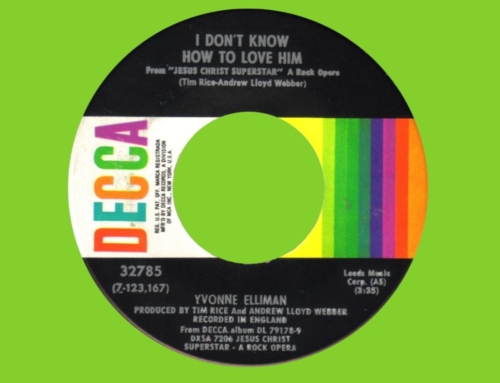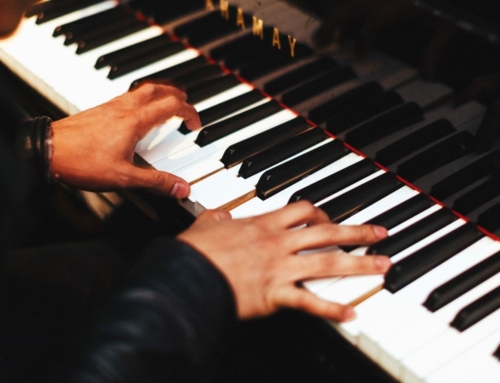On May 5, 1862 a French army led by General Charles de Larencez launched an attack on an outnumbered and poorly equipped Mexican force guarding the city of Puebla, Mexico. A year earlier, Benito Juarez, president of the Mexican Republic, had suspended payments of foreign debts due to the bankruptcy of the government. Shortly thereafter, a joint force of French, Spanish, and British troops had arrived to exact the payment Juarez had refused. After some negotiations, the British and the Spanish departed conciliated, but the French army remained in the hopes of establishing a foothold in the Americas, from which support could be given to the Confederacy in the American Civil War.
Despite the unrivaled superiority of the French Army, Mexican forces managed to defeat Larencez’s troops at the Battle of Puebla on the Fifth of May, or Cinco de Mayo, impeding what otherwise would have been a swift and decisive French conquest of the Mexican Republic. The world was stunned, but the victory at Puebla only delayed the inevitable. Napoleon III sent reinforcements, and within three years the French had established the Austrian Archduke Maximilian I as Emperor of Mexico. The little-known Emperor would reign for three short years before being captured and executed by Presidente Juarez and his rebel army.
Today, Cinco de Mayo has little connection to the historical events that occurred 150 years ago, but for Mexican Americans it is still an important celebration of their heritage, culture, and faith. Indeed, I would suggest that it is important, not only for those of Mexican descent, but for all American Catholics, especially those who are troubled by the increasing secularization of our country. On this day, it is fitting to consider the words of Archbishop Jose Horacio Gomez, Archbishop of the Archdiocese of Los Angeles, who has warned that Hispanic Catholics are under particular pressure to abandon the traditions of their faith and to succumb to a secular American worldview:
. . . immigrants already face severe demands to “fit in,” to downplay what is culturally and religiously distinct about them; to prove that they are “real” Americans, too. We might feel subtle pressures to blend in, to assimilate, to downplay our heritage and our distinctive identities as Catholics and Hispanics. I believe that in God’s plan, the new Hispanic presence is to advance our country’s spiritual renewal, to restore the promise of America’s youth. In this renewed encounter with Hispanic faith and culture, I believe God wants America to rediscover values it has lost sight of—the importance of religion, family, friendship, community, and the culture of life.
The odds of beating back the forces of secularism and preserving Hispanic Catholic culture in America may be as slim as those faced by the Mexican army at Puebla 150 years ago, but let us pray that the victory will be equally stunning and, by God’s grace, still more enduring.
✠
Image: Catholic Church in Bramaderos (Oaxaca, Mexico)







